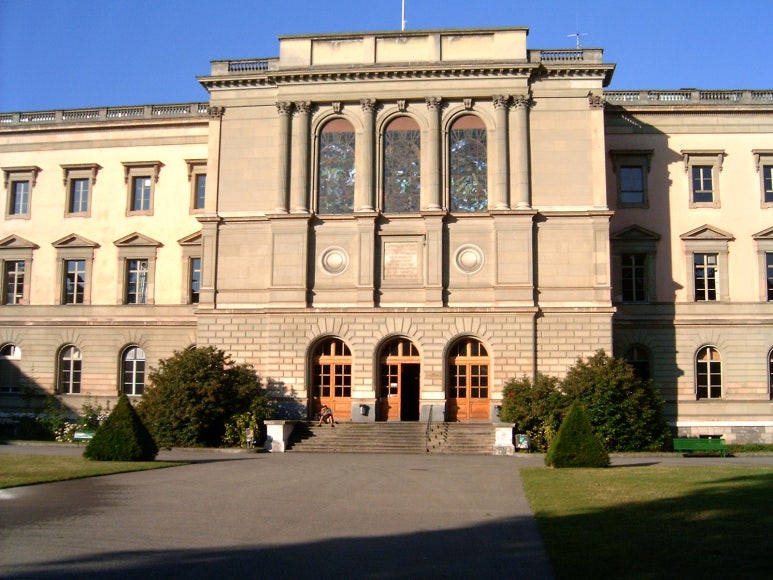Bible Linguistics – 3. The language of the world was originally one
ENGLISH EDITION/BIBLE & LANGUAGE 2020. 7. 2. 08:59Bible Linguistics – 3. The language of the world was originally one
In order to proceed with the series on the subject of biblical linguistics, we need to first organize the etymology. In Greek,'etym' means'true' and its origin is derived from the meaning of'God's original intention.' Etimology is a study that reveals the original meaning and history of words. When searching for origins in English, French, or German, the concept of “Proto-Indo-European” comes out. It is unclear when and where people speaking this language lived. There is a theory that it is towards the Caucasus Mountains, and it is said that he lived in Turkey. However, from a biblical point of view, it seems correct to see them living in Turkey and gradually moving to regions such as Mesopotamia. The philology, the study of the process of language change, is called linguistics and literature. For example, looking for the origin of'Father' results in Latin'Pater', Greek'Pater', and original Proto-Indo-European'Pəter'. It was Jacob Grimm (1785-1863) who academically systematized this, and this law is called Grimm's Law. William Jones (1746-1794) found that the Western European language was similar to the ancient Sanskrit language of India. He spoke dozens of languages as a genius of language and was the first scholar to establish the concept of the Porto language by studying Sanskrit in earnest.
However, there is a point to be noted regarding'Proto-Indo-European'. Since scholars who developed and succeeded in linguistics were all Western scholars, they would only realize the connection between Sanskrit and European languages. However, much of the Sanskrit language remains in Korean (especially the southern dialect). This fact also provides important clues regarding the controversy over whether the people who invented the Chinese characters were ancient Chinese or ancient Korean. This is because Chinese and Korean are somewhat different in how they read Chinese characters, and some pronunciations are completely different, but the way Koreans read is the original Chinese pronunciation. Since research on this part is ongoing, it will be treated as a separate item. It is interesting to note that many Chinese characters reflect the Genesis narrative as it relates to the invention of Chinese characters. For example, the characters such as 船,造,禁 are related to 'Genesis'. There are numerous examples of these letters. It is evidence that the ancient Korean people who made Chinese characters were people who served God. It is interesting to note that Sanskrit is the root of the Indo-European and also the roots of Korean, Japanese, and Chinese characters. Therefore, it is possible that the language that Europeans call “Proto-Indo-European” was the first human language since the Flood.
This post (posting) is a personally copyrighted article (including photos) from the Multilingual Bible Institute. Unauthorized reproduction, distribution, and processing are not allowed, but can be used when specifying the source and URL of the material. This institute is an organization that supports the multilingual Reading the Bible movement for missionary activities and the Bible translation work of unreached minorities. In addition to the Bible Hebrew and Bible Greek classes for reading the Bible, the lectures of classical Latin are available (online and offline available). We also offer English courses through the BIBLE ENGLISH system, which is aimed at children and adults. This post (posting) is translated into four languages: English, Chinese, Japanese, and Korean, and is serviced all over the world, actively supporting the mission of Christian missionaries.
Inquiries about partnerships such as missionary activities: usedslr@gmail.com, YouTube: Multilingual Bible Research Institute
'ENGLISH EDITION > BIBLE & LANGUAGE' 카테고리의 다른 글
| Biblical Linguistics – 5. The Sumerian Origins and Civilizations (0) | 2020.07.06 |
|---|---|
| Bible Linguistics – 4. A language that flows through human history like a drama (0) | 2020.07.05 |
| Bible Linguistics – 2. The Tower of Babel (0) | 2020.07.01 |
| Bible Linguistics - 1. Concepts and Definitions (0) | 2020.06.28 |
| An Interpretation of "γλῶσσα" written in the 1 Corinthians ⑪ (0) | 2020.06.24 |











.jpg?type=w773)
